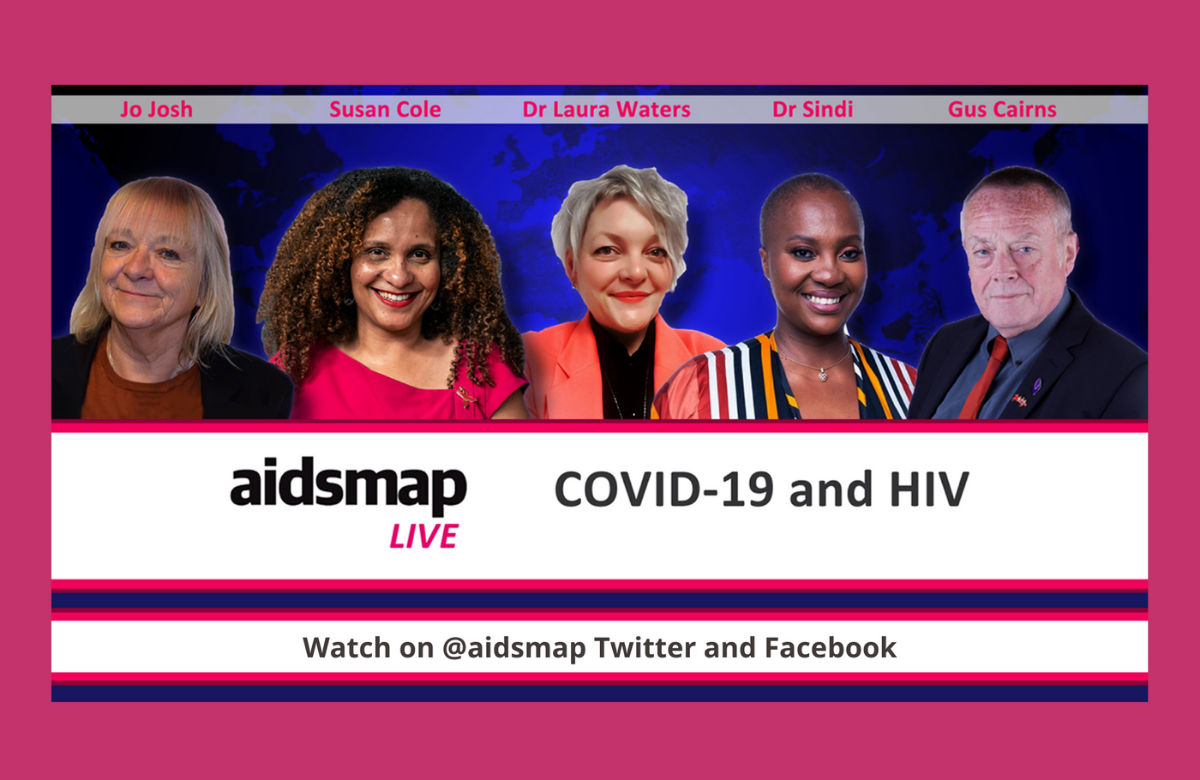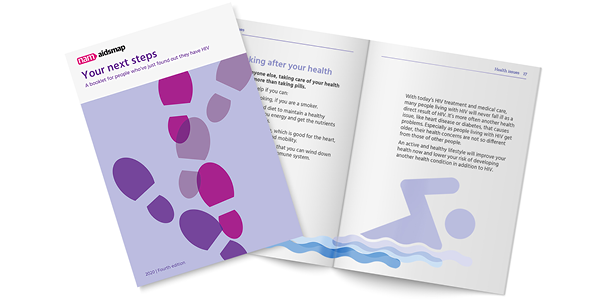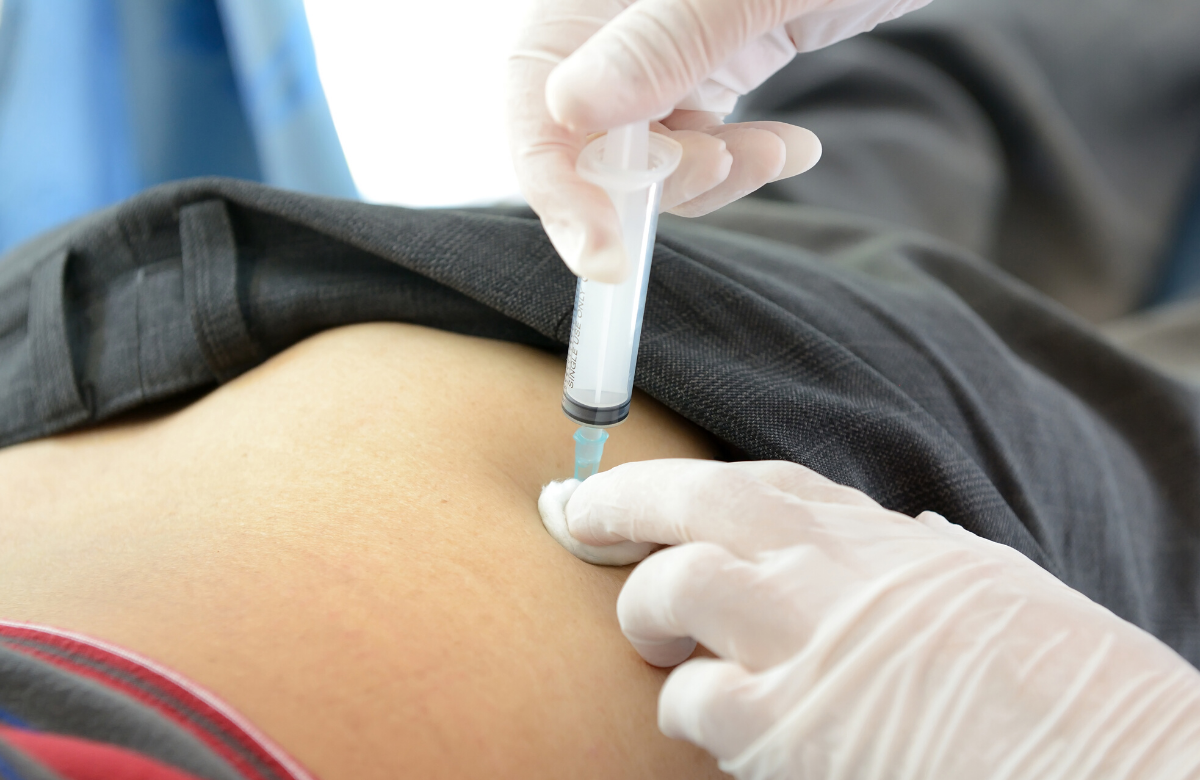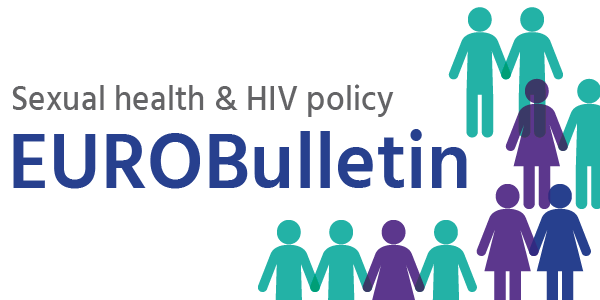Coronavirus and HIV

Responding to the urgent need for reliable information on the new coronavirus and what it means for people living with HIV, last Friday we hosted a live broadcast in our aidsmapLIVE series on COVID-19 and HIV. You can watch the programme on Facebook and Twitter.
Dr Laura Waters outlined the advice of the British HIV Association on whether people living with HIV are at greater risk from coronavirus.
- People with a CD4 count over 200, who are taking HIV treatment and have an undetectable viral load are considered at no greater risk than the general population. They should follow general advice to stay at home and maintain social distancing.
- People with a CD4 count below 200, or who are not taking HIV treatment, or who have a detectable viral load may be at higher risk of severe illness. Nonetheless, they should still follow the same general advice.
- People with a very low CD4 count below 50 or who have had an opportunistic illness in the last six months should follow the ‘shielding’ advice for the extremely vulnerable.
Speaking from South Africa, Dr Sindi van Zyl said that the most important things people living with HIV in her region can do to protect themselves are to take HIV treatment and maintain an undetectable viral load.
HIV advocate Jo Josh outlined her experience of having COVID-19. She had a very high temperature, a dry and particularly painful cough, and was tired, but stressed that many other people only have mild symptoms.
“Although I had been told it was likely I had COVID-19, this was back in the early days when it only applied to people who had just come back from China or the far East, so I didn't believe it - despite having all the symptoms!” she said. She has now fully recovered.
Gus Cairns, one of NAM’s editors, said the parallels between the early years of HIV and the outbreak of coronavirus were extraordinary. Many people were initially in denial about the seriousness of the epidemic, but then realised they needed to rapidly educate themselves.
At the same time, coronavirus is quite different. “It is an equal opportunities virus, affecting everyone, whereas HIV affected very specific and usually very stigmatised populations,” he said. That has meant that societies have been more ready to adopt the equivalent of safer sex in this epidemic - staying at home. What took years with HIV is happening in weeks with the coronavirus.
Excellent life expectancy, but far fewer years in good health

Once again, a life expectancy study has shown that HIV-positive people who start HIV treatment promptly and have good access to medical care live as long as their HIV-negative peers. But the researchers found that HIV-positive people were living with additional health problems for many of those years – on average, they had other health conditions 16 years earlier than HIV-negative people.
Data came from 39,000 people living with HIV and almost 390,000 HIV-negative people, between 2000 and 2016. They were all living in the United States and had health insurance.
Life expectancy improved for people with HIV since 2000. By the end of the study, a 21-year old with HIV was predicted to live to the age of 77, whereas a 21-year-old without HIV would live to the age of 86. And if the person with HIV started HIV treatment with a CD4 count above 500, they would be expected to live to the age of 87 – a little longer than those without HIV.
The researchers deepened the analysis to consider people’s health as they got older. They checked their medical records for diagnoses, test results and prescriptions indicating chronic liver disease (such as hepatitis B or C), chronic kidney disease, chronic lung disease, heart disease, diabetes and cancer.
They found that people with HIV live substantially fewer healthy years than people without HIV. In the period 2014 to 2016, the HIV-positive 21-year-old was predicted to be living without any of those health problems to the age of 36, whereas their HIV-negative peer would do so to the age of 52.
Strikingly, this 16-year gap is the same as was found at the beginning of the study. And starting HIV treatment with a CD4 count above 500 made little difference to the results.
New edition: Your next steps

The new edition of Your next steps, our booklet for people who've just found out they have HIV, is now available online through our patient information scheme.
Other health issues in people living with HIV

The life expectancy study described above shows the extent to which HIV is not the only health issue that many HIV-positive people deal with. It may not even be the one that has the greatest impact on day-to-day life.
Reflecting this, the recent Conference on Retroviruses and Opportunistic Infections (CROI) included a large number of studies on other health problems (‘co-morbidities’ in doctors’ language) that affect people with HIV. Click on the links to find out more.
Weight gain after starting HIV treatment is likely to raise the risk of diabetes but does not push up the risk of heart disease. The two studies reported are some of the first to shed light on the potential implications of weight gain linked to modern HIV treatment, especially the drugs dolutegravir and tenofovir alafenamide.
There was some good news about treatment for abnormal cell changes that could be a precursor to anal cancer. In a small study, anal lesions caused by human papillomavirus (HPV) were cleared by a drug that is already approved for the treatment of myeloma, a blood cancer.
Fatty liver disease, which occurs when fat builds up in liver cells, appears to be more severe in people with HIV than in the general population. Rates of liver fibrosis (a ‘stiff’ liver) and a worsening of fibrosis were high in a US study.
Turning to heart health, a study found a link between testosterone replacement therapy and atherosclerosis. HIV-positive men using testosterone injections or patches had a greater and faster build-up of plaque in their arteries than men not taking testosterone.
Also, insomnia (difficulty falling or staying asleep) was associated with heart attack in people living with HIV, but this was only relevant for one of the two main types of heart attack.
Finally, in terms of damage to the lungs, people living with HIV under the age of 50 lose lung function faster than HIV-negative people of the same age. Action to stop lung damage – such as stopping smoking – should be taken promptly. In those over the age of 50, results were similar between HIV-positive and HIV-negative people.
Injectable treatment every two months?

It is likely that monthly injectable HIV medication will soon be offered in the UK. However, according to a report delivered to CROI, a combination of two long-acting injectable drugs administered every two months was more convenient and suppressed HIV viral load as well as the monthly injections, but may cause drug resistance in those who do not maintain viral suppression.
The study looked at the safety and efficacy of long-acting injectables cabotegravir and rilpivirine. This valuable advance, recently approved in Canada, is likely to be a popular option when made available elsewhere.
The 391 participants were randomly assigned to receive injections of 600mg cabotegravir and 900mg rilpivirine every other month or 400mg cabotegravir and 600mg rilpivirine every month.
After 48 weeks of treatment, it was found that 94.3% of participants taking the every-other-month regimen and 93.5% of those taking the monthly regimen continued to have an undetectable viral load. This shows that the every-other-month regimen was ‘non-inferior’ to monthly administration.
However, six of the eight individuals whose every-other-month regimen failed had drug resistance mutations, which might be a concern to clinicians and drug regulators. But it is clear that the treatment is generally safe, the side effects were mild or moderate, and the injection option was popular with those in the study.
Sexual health & HIV policy EUROBulletin

The March edition of the EUROBulletin is now online. The bulletin includes a special section on COVID-19, HIV and sexual and reproductive health, and rights. This edition's eFeature interview is with Gennady Roshchupkin, the Community Health Systems Co-ordinator for ECOM (Eurasian Coalition on Health, Rights, Gender and Sexual Diversity), who we spoke to about supporting PrEP in eastern Europe and central Asia.
Editors' picks from other sources
EACS & BHIVA Statement on risk of COVID-19 for people living with HIV | European AIDS Clinical Society
So far there is no evidence for a higher COVID-19 infection rate or different disease course in people living with HIV than in HIV-negative people.
The coronavirus and HIV: different pandemics with the same lessons | BuzzFeed News
Scott Wiener: "For many of us who’ve been on the front lines of the HIV pandemic for decades, the emergence and explosion of the novel coronavirus has been scary in a very particular kind of way."
How is the coronavirus lockdown impacting gay hookup culture? | HuffPost
Social distancing already made clear that fraternising with others was a no-no, and now the terms of the lockdown are patently to the exclusion of casual lovers. It occurred to me that the social measures might hit gay men especially hard, since hookup culture is part and parcel of the scene.
COVID-19: Employment advice for people living with HIV | National AIDS Trust
In response to queries from individuals living with HIV and our colleagues in the sector, National AIDS Trust has sought legal advice from Leigh Day on the employment rights of people living with HIV in the context of the COVID-19 pandemic.
